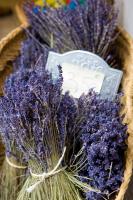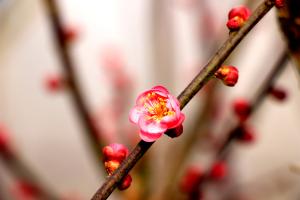Introduction
Roma tomatoes are a popular variety of tomato plants that are known for their meaty texture and flavor. These plants require care and attention throughout their growing season to ensure a bountiful harvest. One question many gardeners have is whether or not Roma tomato plants need pruning. In this article, we will explore this topic in-depth and provide you with all the information you need to know to help your tomato plants thrive.
What is pruning?
Pruning is the process of removing specific parts of a plant to promote healthy growth and maximize the yield of fruits or vegetables. When it comes to Roma tomato plants, pruning typically involves removing the suckers or small shoots that grow in between the main stem and the leaf stems.
Do Roma tomato plants need pruning?
The short answer is yes, Roma tomato plants do require pruning. When left unchecked, these plants can grow to be quite large and develop a lot of foliage. While this may seem like a good thing, it can actually be detrimental to the plant's overall health and productivity. Without pruning, Roma tomato plants can become overcrowded, which can lead to decreased air circulation and increased vulnerability to pests and diseases.
Benefits of pruning Roma tomato plants
Pruning your Roma tomato plants offers several benefits, including:
Improved air circulation - By removing certain parts of the plant, you can help increase air circulation, which can reduce the likelihood of fungal diseases and pest infestations.
Increased fruit production - By removing suckers, you can encourage your Roma tomato plant to focus its energy on producing fruit, rather than on growing extra stems and foliage.
Improved plant health - Pruning can help remove diseased or damaged parts of the plant, which can contribute to better overall health.
More manageable plants - Roma tomato plants that are pruned are often easier to manage and harvest, as they are less bushy and crowded.
When to prune
It's best to start pruning your Roma tomato plants when they are young, typically around four to six weeks after planting. At this stage, you will be able to spot the suckers more easily and remove them before they become too large. You should continue to prune throughout the growing season, particularly after the plant has produced its first set of flowers.
How to prune
To prune your Roma tomato plants, follow these steps:
Identify the suckers - Suckers are small shoots that grow in between the main stem and the leaf stems. They are often lighter in color than the rest of the plant and have fewer leaves.
Pinch off the suckers - Using your fingers or a clean pair of pruning shears, gently remove the suckers by pinching them off at the base. Be sure not to remove any of the main stems or foliage, as this can harm the plant.
Continue to monitor and prune - Repeat this process throughout the growing season, checking your plant regularly for new suckers that may have emerged.
Conclusion
Pruning your Roma tomato plants is an important part of ensuring a healthy and productive growing season. By removing the suckers, you can improve air circulation, increase fruit production, improve plant health, and make your plants more manageable. With regular pruning and proper care, your Roma tomato plants should thrive and provide you with a bountiful harvest.

 how many times do yo...
how many times do yo... how many planted tre...
how many planted tre... how many pine trees ...
how many pine trees ... how many pecan trees...
how many pecan trees... how many plants comp...
how many plants comp... how many plants can ...
how many plants can ... how many plants and ...
how many plants and ... how many pepper plan...
how many pepper plan...
































